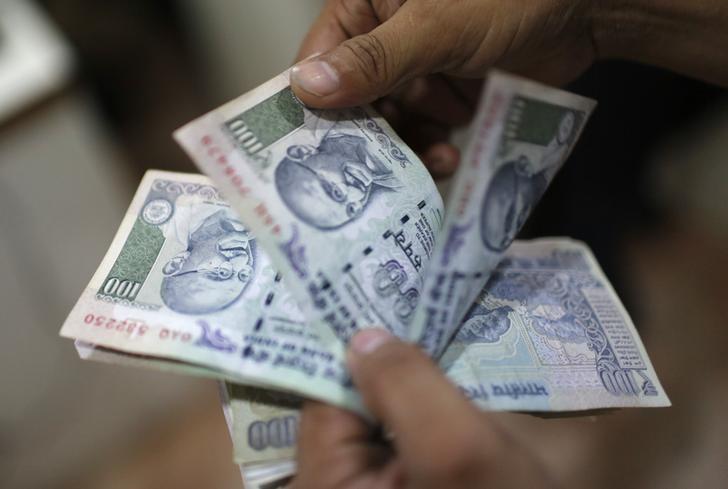Indians returned an estimated 15.4 trillion rupees ($242 billion) in high-currency bills removed from circulation, the Reserve Bank of India (RBI) said in its annual report out on Wednesday.
By rendering 500 and 1,000 rupees illegal in one stroke and imposing restrictions on how the money could be returned to lenders, Prime Minister Narendra Modi had been intending to make it difficult for hoarders of undeclared wealth, or black money, to exchange their undeclared cash for legal tender.
According to Reuters, a total of 15.28 trillion rupees was returned to the central bank through lenders, a number that could renew scrutiny about the effectiveness of the measure announced by Modi in November.
But it seems that nearly all of it was returned by individuals, implying that there was a very small amount of unaccounted money held in cash by those seeking to conceal it.
But economists have said the measure has had positive impact as well, including bringing in cash into the banking system, and hence lowering the cost of loans, even as significant parts of the economy were disrupted.
“While this shows that demonetization exercise has not yielded a large one time gain, it has led to finalization of dormant savings and helped bring down lending rates,” said A. Prasanna, economist at ICICI Securities Primary Dealership Ltd in Mumbai.
Modi’s so-called “demonetization” bill contributed to the growth easing to its slowest pace at 6.1 percent in January-March, its slowest pace since late 2014 as large parts of India’s economy was dependent on cash transactions.
